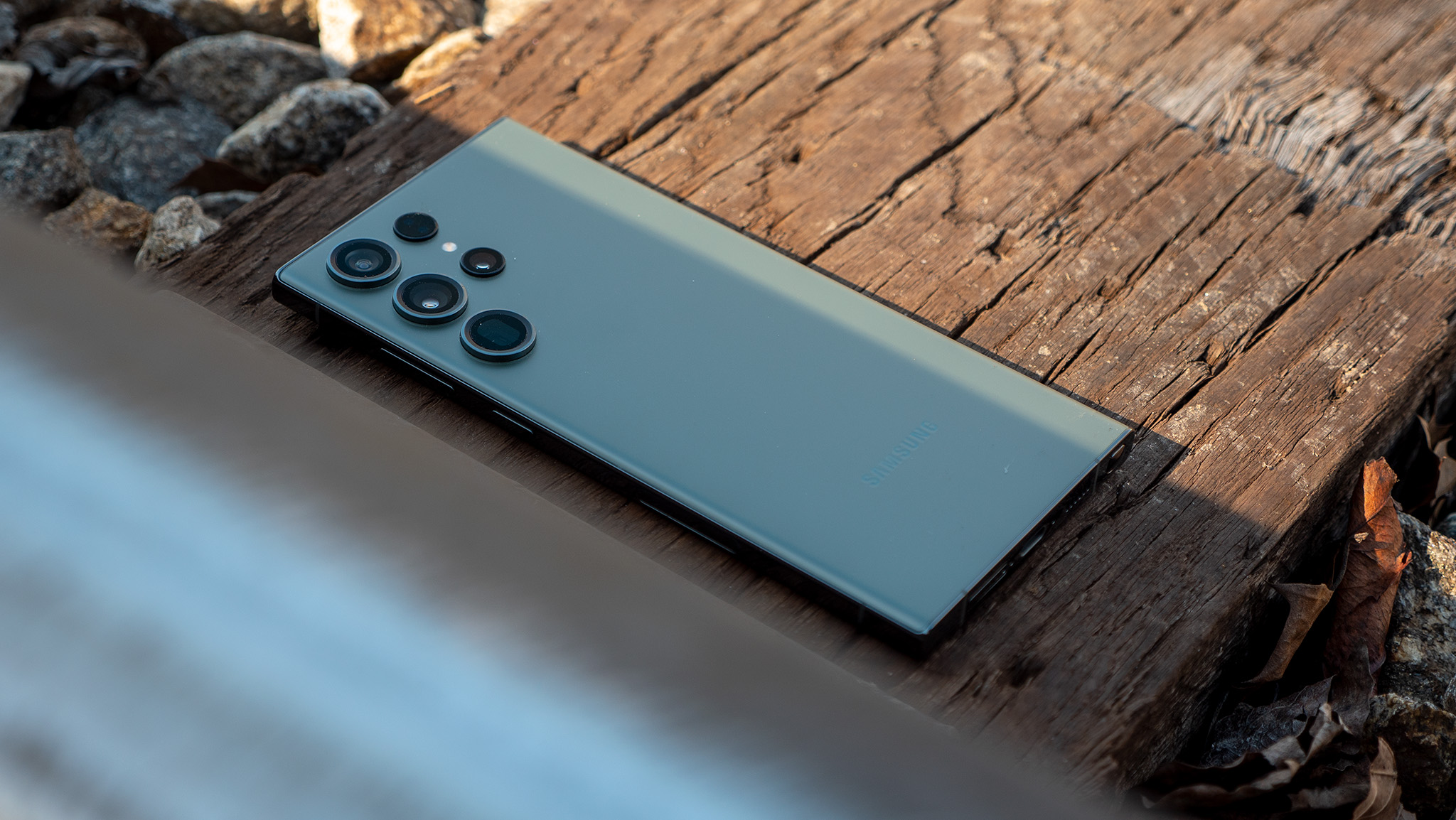
What you need to know
- The European Parliament has passed revision to pre-existing laws which would make OEMs bring back the removable back panel on phones.
- This would allow consumers to remove their own phone batteries without needing to pay a service to do so and without extra tools.
- The EU has passed a similar law, for the sake of the consumer, when it required all companies to use USB-C as the standard charging port for devices.
Most phones nowadays arrive entirely sealed, meaning there's quite a bit of effort required for repairs, but the EU is looking to make self-repair even easier for smartphones.
The European Parliament recently passed a revision to a pre-existing law requiring OEMs and other companies to design "portable batteries in appliances in such a way that consumers can easily remove and replace them." Many Android phone owners will remember when it was easy to pop open the back of their phone to remove their battery if problems arose.
With a method like this, users wouldn't need to source a tool kit from a company in order to pry open their phone to solve a simple battery issue. Samsung is a good example as it offers a self-repair kit its consumers can purchase to correct any internal problems with their Galaxy device.
However, a change like this in the EU would mean Android OEMs in the region need to implement an easily removable rear panel on their smartphones — including Apple's iPhone.
The Parliament's recent approval of new rules, which saw 587 votes in favor, also targets stricter waste collection for portable and LTM batteries. It will also influence the design and production, as well. The region is looking to increase the amount of waste collected from lithium batteries, cobalt, copper, lead, and nickel by 43% in 2023 and 63% by 2027.
Additionally, the Parliament is looking ahead with its changes, hoping to see the amount of recycled content for lithium at 6% and 85% for lead within eight years after the law is implemented.
The Parliament will now have to wait for the Council to endorse the new rules and submit them to the EU Official Journal before they can go into effect. Once it does, OEMs will have "three and a half years after the entry into force of the legislation to make the change," meaning they'll have until 2027 to prepare.
In regard to major changes to smartphones and other devices, the EU has done something similar with the charging port for phones. Late last year, the EU voted in favor of making USB-C the required charging port for many portable devices. Android phones are pretty much okay on this front. However, Apple and its iPhone will have to drop that infamous Lightning port and slap on a USB-C port.
The Parliament stated its new USB-C law would go into effect for smartphones by the end of 2024.







